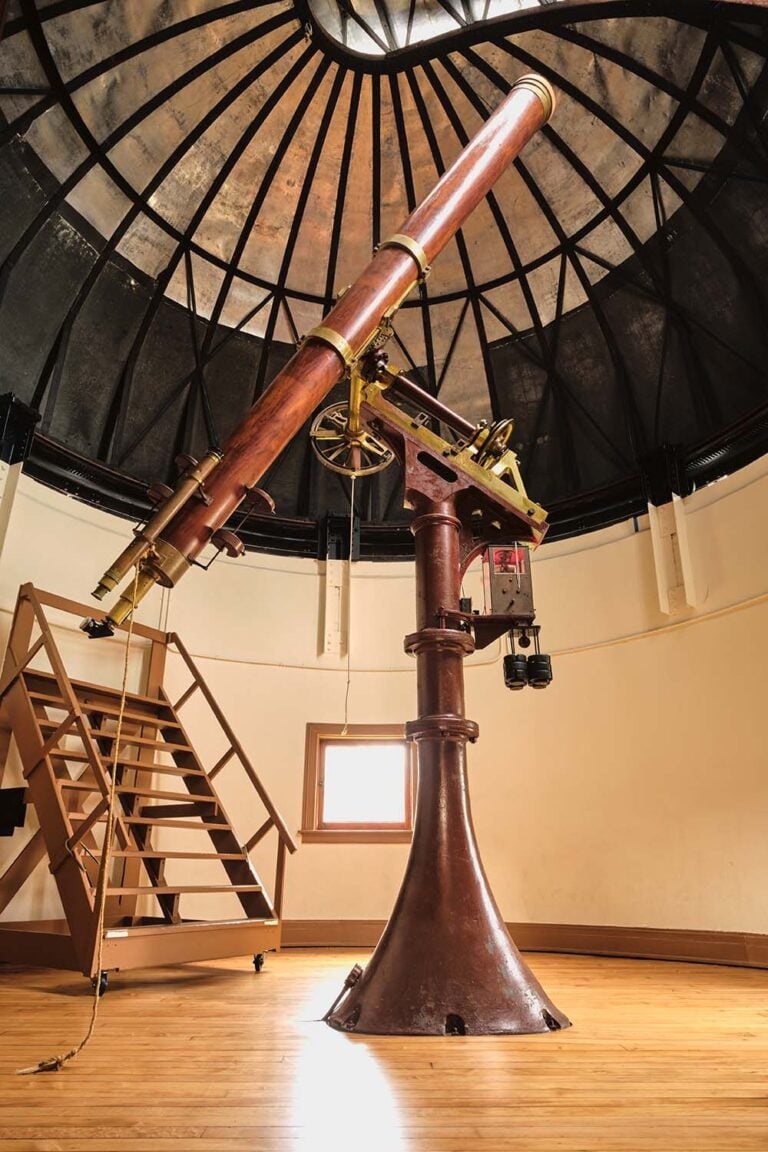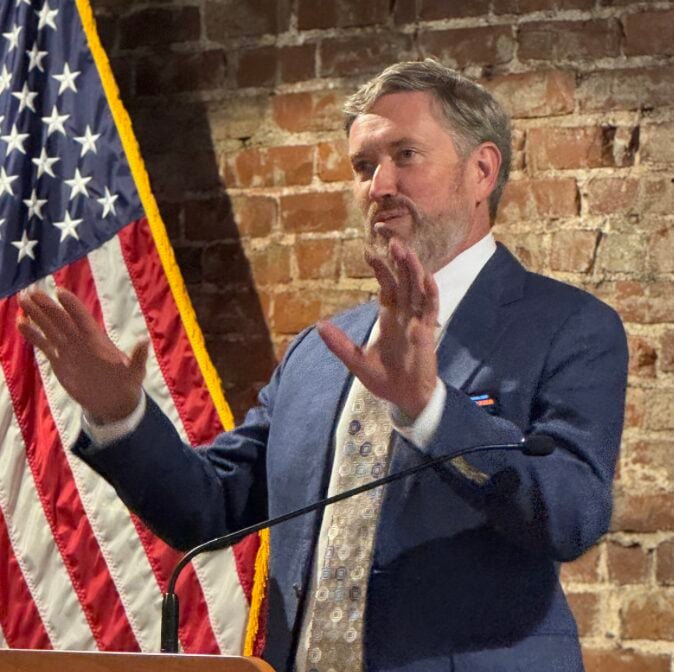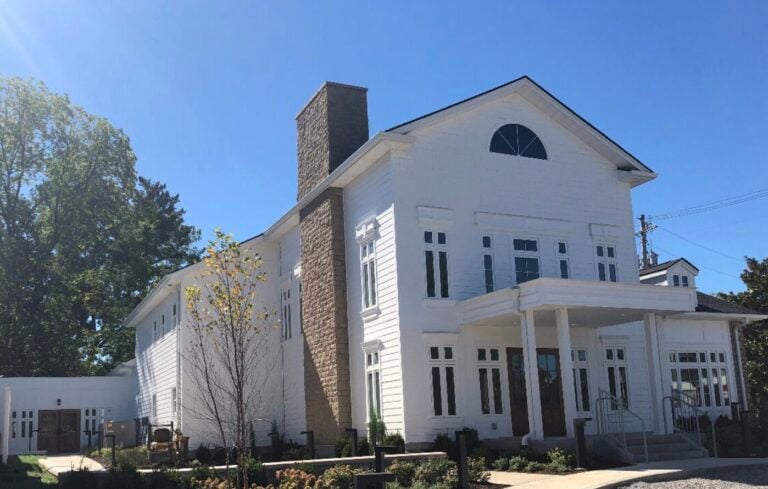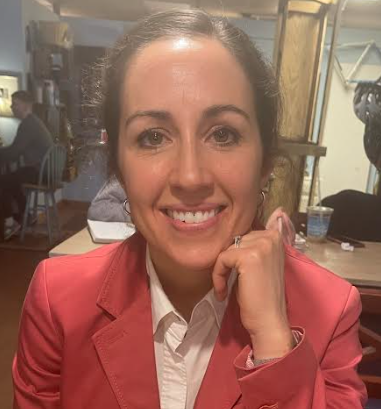October is National Pedestrian Safety Month, and Kentuckians are reminded to do their part in protecting all who use our roadways.
As daylight hours shorten in the coming weeks, drivers and pedestrians are encouraged to follow safe practices to make roadways safer for everyone.
“Whether you’re traveling by car, bike, or on foot, we’re reminding everyone to watch out for one another,” said Gov. Andy Beshear. “When we stay alert, slow down, and look out for our neighbors on the road, we can help ensure everyone gets home safely.”
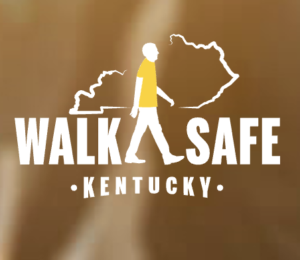
Daylight Saving Time ends on Sunday, November 2, meaning darkness will occur earlier in the day. Everyone on the road should be cautious because lower light conditions makes seeing pedestrians and cyclists harder.
Last year in Kentucky, 73% of the 98 pedestrian deaths occurred after dark. So far this year, there have been 59 pedestrian deaths, 42 of which occurred after dark.
The Kentucky Transportation Cabinet’s (KYTC) Office of Highway Safety (KOHS) is partnering with the National Highway Traffic Safety Administration (NHTSA) to promote safe driving and walking tips throughout October.
“Every driver, cyclist, and walker must be vigilant to do their part to keep our roads safe,” said Secretary Jim Gray. “Watching for walkers and staying visible are practical steps to stay safe especially at night.”
Team Kentucky maintains its ongoing commitment to making Kentucky’s roadways safer and more accessible for all users. KYTC continues to promote Complete Streets to transportation agencies to design infrastructure that accommodates all users. Its design can vary according to land use, corridor characteristics and types of travelers who are expected to use it. Implementation may include a dedicated space for pedestrians and cyclists, such as bike lanes (or wide, paved shoulders), sidewalks, crosswalks, median islands, accessible pedestrian signals, roadway reconfigurations and roundabouts.
The following practices are encouraged to improve safety for all road users:
Motorists:
1 Put the phone down and pay attention. Driving while distracted increases risk for all road users.
2 Yield the right of way to pedestrians. Be especially careful at intersections when turning onto another street.
3 Keep your windshield, windows and mirrors clean so you can scan the road ahead and establish a “visual lead.”
4 Obey the speed limit. Driving at the posted limit allows you to see, identify and react in time to brake for pedestrians.
5 Slow down and turn on your headlights during evening hours when you need more time to see a pedestrian in your path.
6 Be aware in neighborhoods and school zones. Children are often the smallest pedestrians, making them harder to see. Additionally, younger children may dart into intersections without understanding the dangers.
7 Drive sober. As with pedestrians, alcohol and drugs affect judgment, balance and reaction time. Always make a plan for a safe ride home.
8 Buckle up. Wearing a seat belt gives you the best protection against injury and death.
Pedestrians:
1 Use crosswalks when available. Avoid jaywalking and crossing between parked vehicles.
2 Walk on sidewalks whenever possible. If you must walk on the street, walk facing traffic.
3 Don’t depend on the traffic signal to protect you. Motorists may be distracted, especially when adjusting to the nighttime travel environment.
4 Increase visibility, especially at night. Carry a flashlight, wear reflective clothing or attach reflective materials – such as fluorescent tape – to clothing, backpacks, purses and briefcases. These materials reflect light from headlights back to drivers, making it easier to see you.
5 Just because you can see a motorist does not mean the motorist can see you. If you cannot make eye contact or do not see the driver slow down for you, wait until the vehicle passes, even if you have the right of way.
6 Put the phone down and pay attention. Distraction changes the way you walk, react and behave, including safety-related behaviors.
7 Alcohol and drugs affect judgment, balance and reaction time, so always make a plan for a safe walk home.
Office of the Governor












